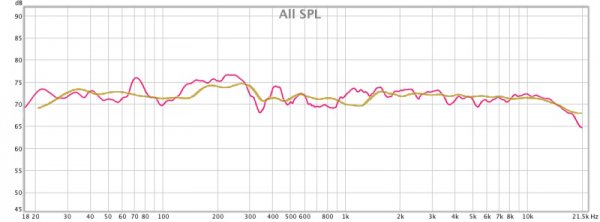As for the horns, they are very sensitive reproducers so to have a great sound is not very easy. Anything that goes wrong will be amplified as well. For me, horns are a definite preference. I played drums and piano and they both translate very well to horn reproduction. If you listen to big scale music I do not think there is actually much choice. The transients, the dynamics, ease of play even with big scale music on moderately high volumes... However to get these you need the room, the electronics and very fine adjustments on your horn system. Also, from my experience, unless your system is horn loaded down to at least 150hz, you loose the real benefits of the horn.














